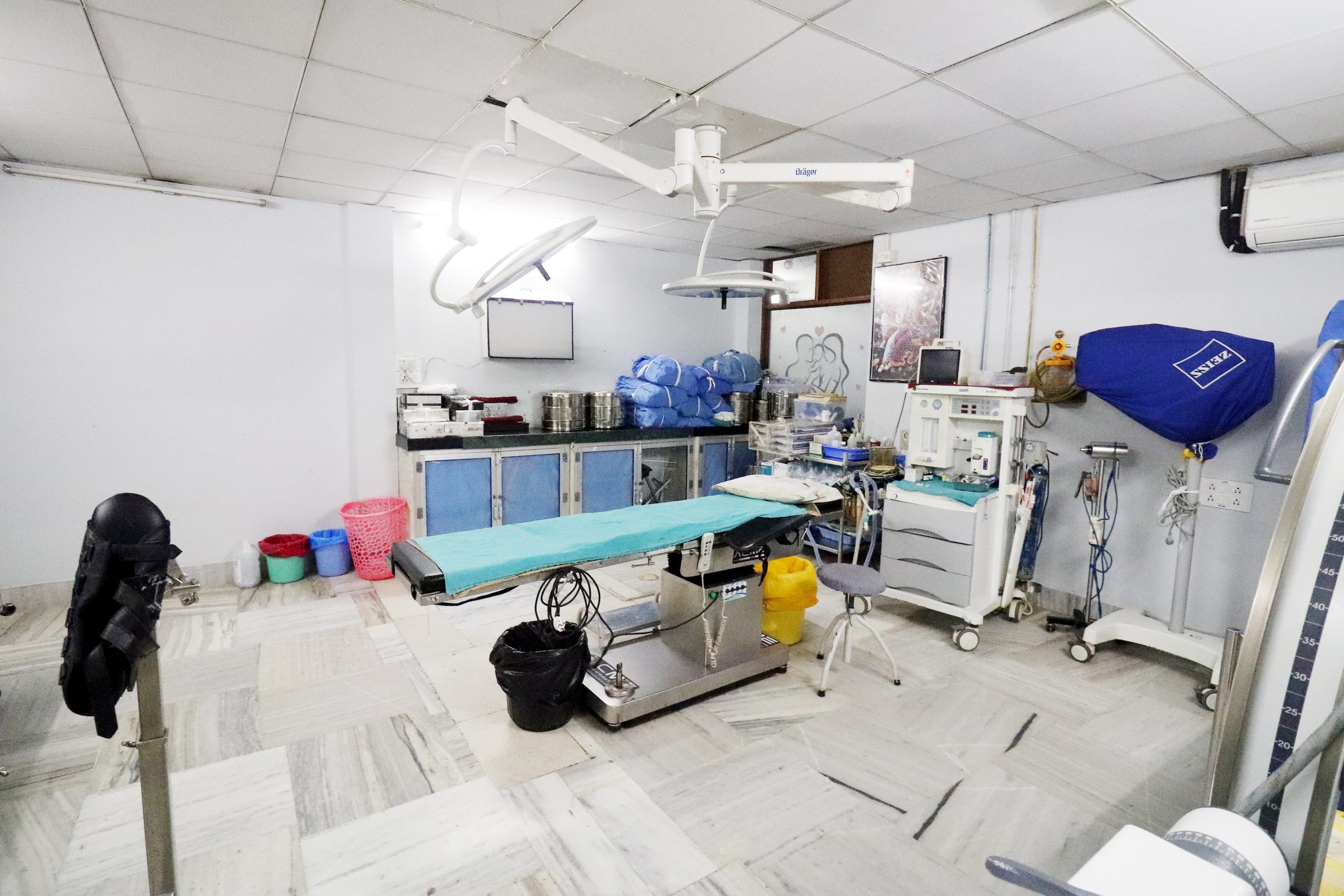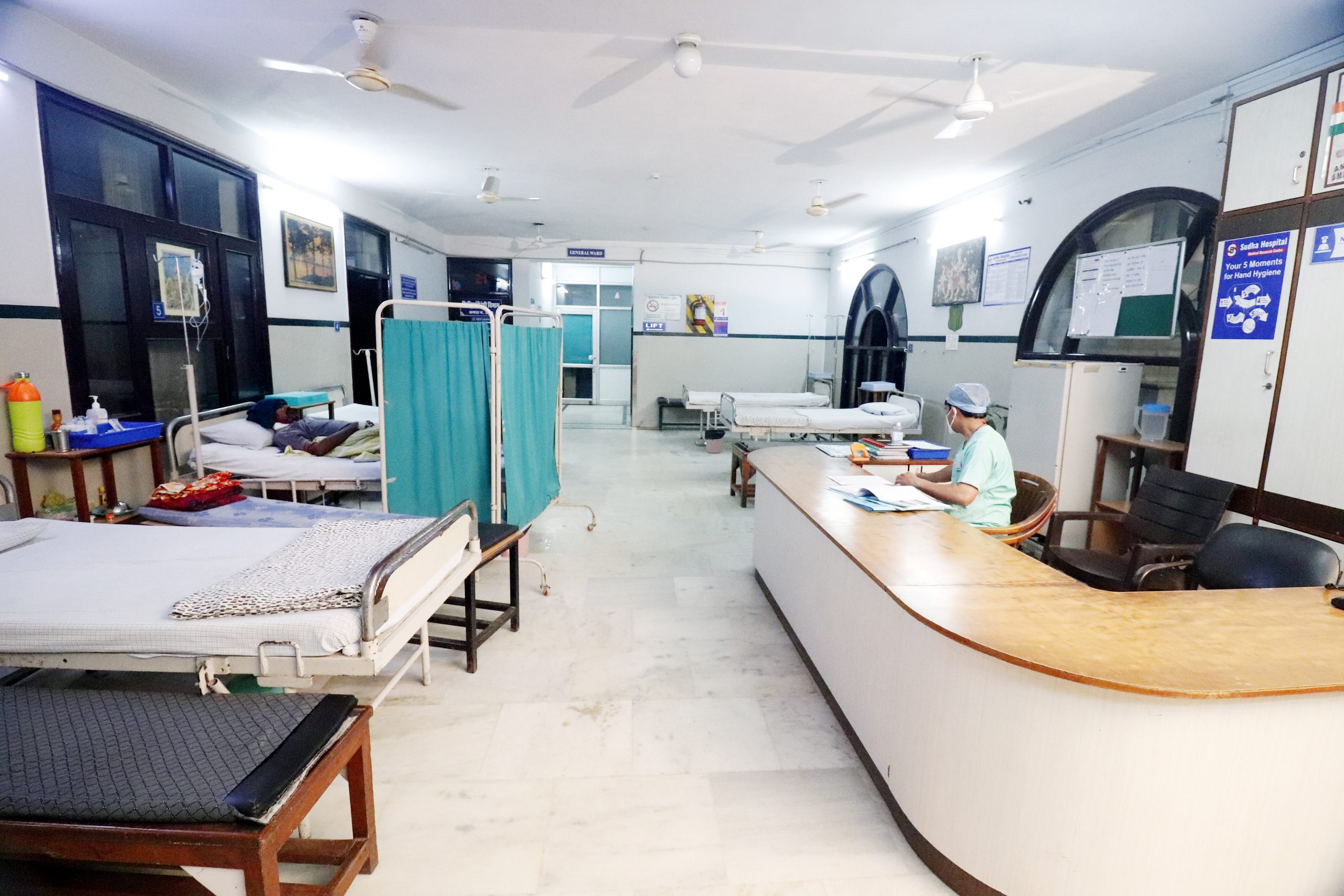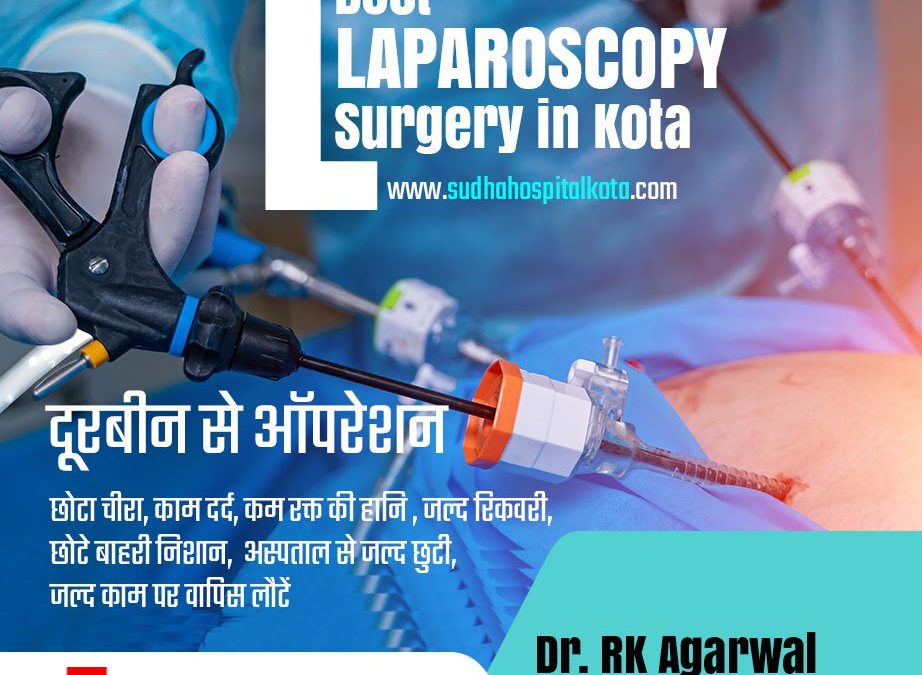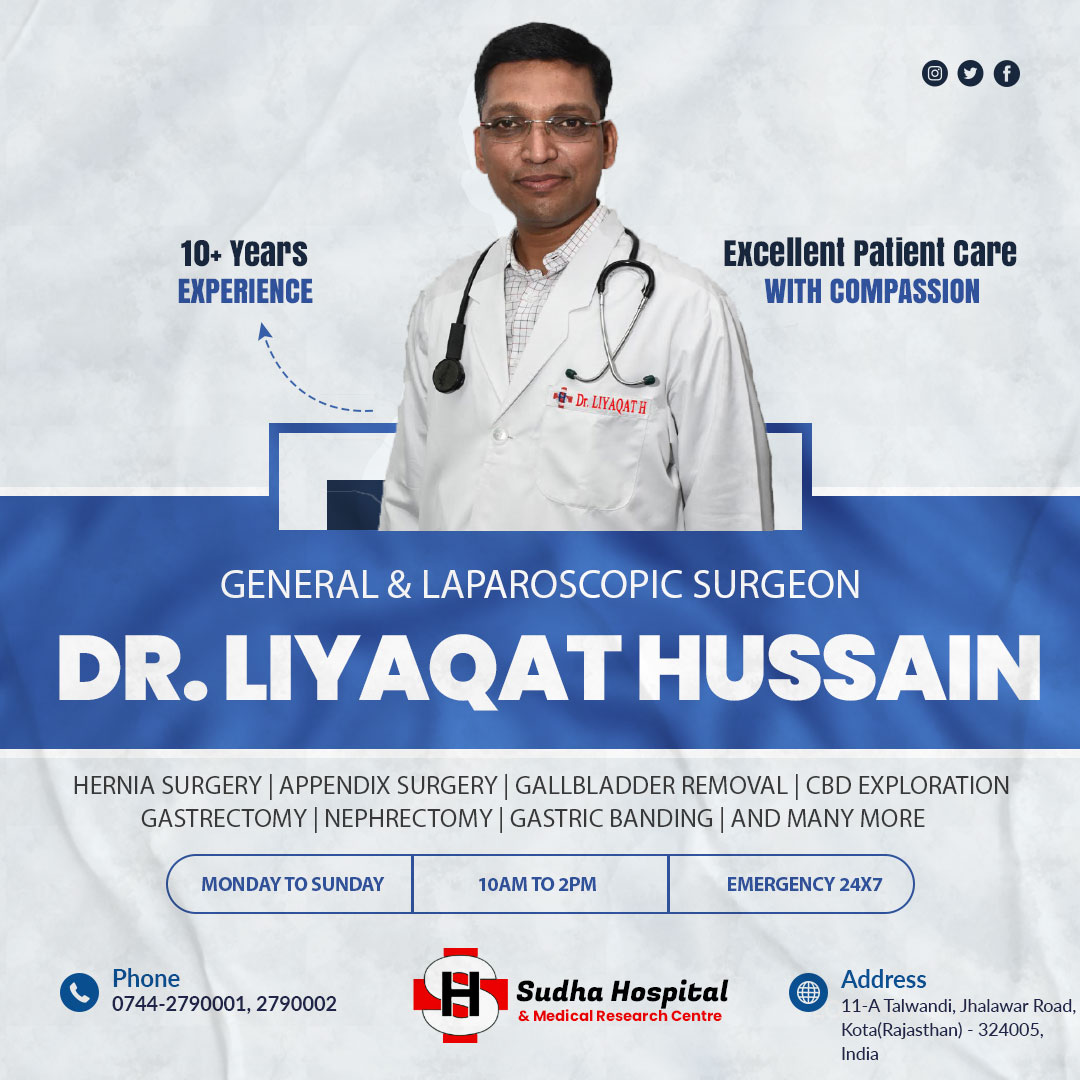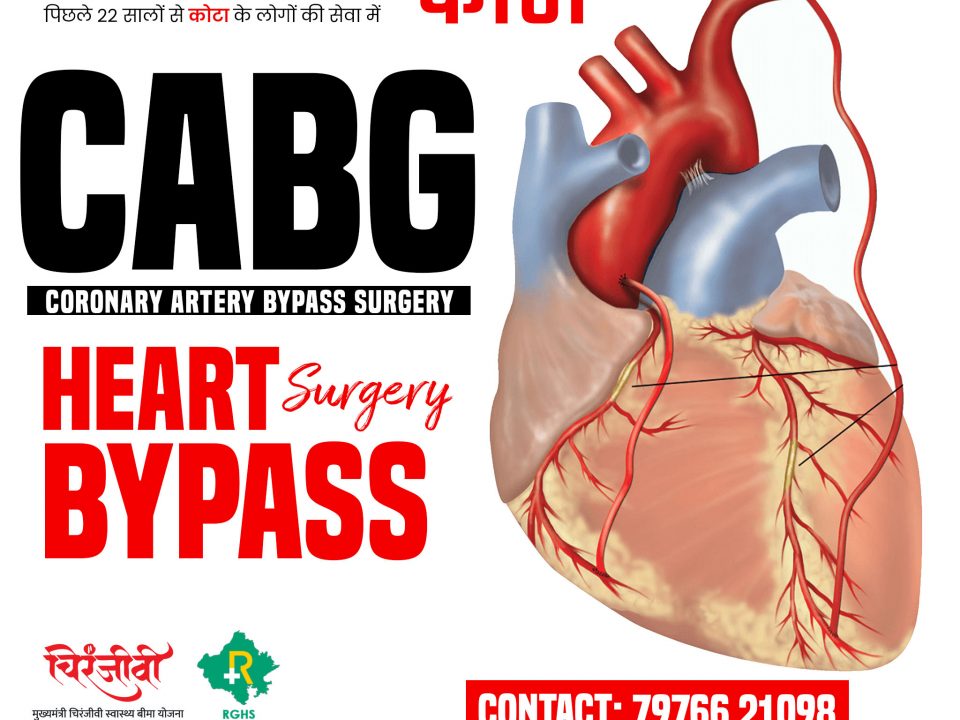- Reception Numbers
- 0744-2790001
- 0744-2790002, 0744-2790003
Best Laparoscopy Surgery in Kota

कम उम्र में हार्ट अटैक, रहें अलर्ट
June 13, 2022
Best Hernia Surgery in Kota
June 23, 2022- 24x7 Emergency
- Best Laparoscopy Surgeon in India
- Best Laparoscopy Surgeon in Kota
- Best Laparoscopy Surgeon in Rajasthan
- Best Laparoscopy Surgery Hospital in India
- Best Laparoscopy Surgery Hospital in Kota
- Best Laparoscopy Surgery Hospital in Rajasthan
- Best Laparoscopy Surgery in India
- Best Laparoscopy Surgery in Kota
- Best Laparoscopy Surgery in Rajasthan
- Biggest Laparoscopy Surgery Hospital in Kota
- Biggest Laparoscopy Surgery Hospital in Rajasthan
- Dr Liyaqat Hussain - Laparoscopy Surgeon in Kota
- Dr RK Agarwal - General Surgeon in Kota
- Dr RK Agarwal - Laparoscopic Surgeon in Kota
- Dr RK Agarwal - Laparoscopy Surgeon In Kota
- Keyhole surgery in Kota
- Keyhole surgery in Rajasthan
- Laparoscopy Surgery By Mukhyamantri Chiranjivi Yojna in Kota
- Laparoscopy Surgery By Mukhyamantri Chiranjivi Yojna in Rajasthan
- Laparoscopy Surgery By RGHS Scheme in Kota
- Laparoscopy Surgery By RGHS Scheme in Rajasthan
- Laparoscopy Surgery for RGHS Card Holders in Kota
- Minimal invasive surgery in Kota
- Most trusted Laparoscopy Surgery Hospital in Kota
- Number One Laparoscopy Surgery Hospital in Kota
- Painless Surgery in Kota
- Painless Surgery in Rajasthan
- Sudha Hospital - Kota
- Sudha Hospital & Medical Research Centre
- Top 10 Laparoscopy Hospitals in Kota
- Top Laparoscopy hospitals in Kota
Best Laparoscopy Surgery in Kota
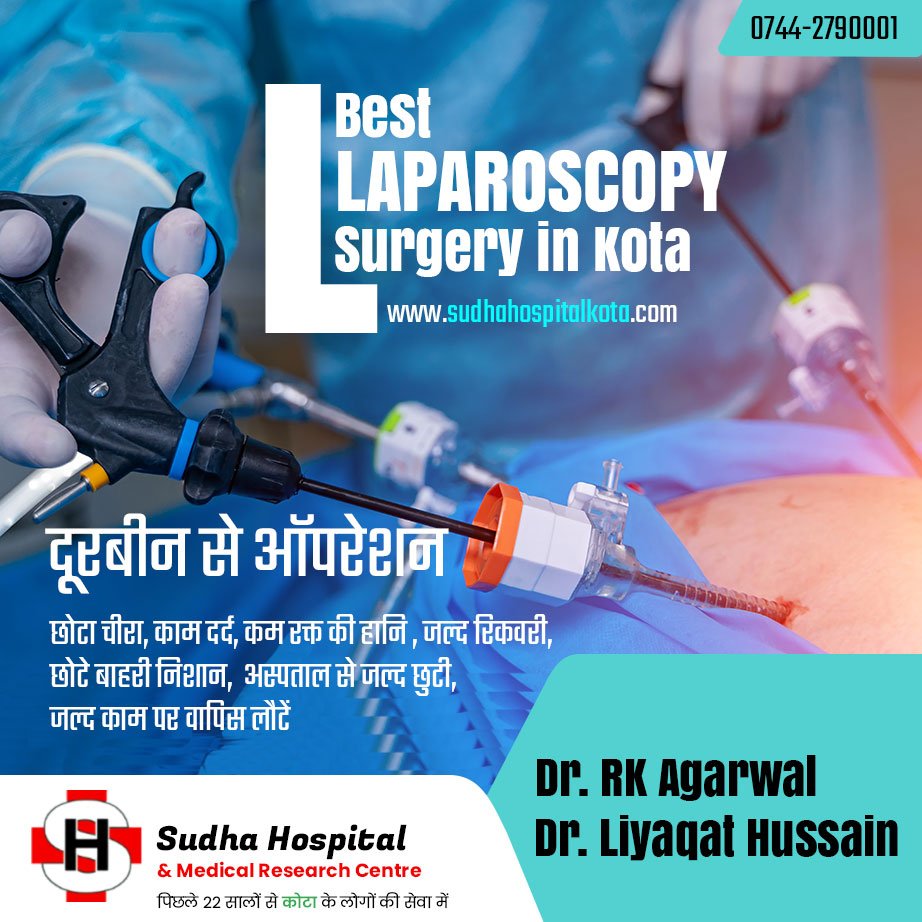
When it comes to surgery no matter urgent surgery or elective surgery it is always a serious matter for both doctors and the family members of patient. There are enormous doubts in patients mind as well as patient family mind. Sudha Hospital & Medical Research Centre started an initiative to inform our patient in a very generalised manner and layman language to explain about types of surgeries to its patients, viewers, and readers. Today let's read in depth about Laparoscopy surgery by this article.
What is Laparoscopy Surgery?
Laparoscopy is a type of surgery that uses smaller cuts than you might expect.
The process takes its name from the laparoscope, a slender tool that has a tiny video camera and light on the end. When a surgeon inserts it through a small cut and into your body, they can look at a video monitor and see what’s happening inside you. Without those tools, they’d have to make a much larger opening. Thanks to special instruments, your surgeon won’t have to reach into your body, either. That also means less cutting.
Have you heard people talk about “minimally invasive” surgery? Laparoscopic surgery is one kind. Doctors first used it for gallbladder surgery and gynecology operations. Then it came in play for the intestines, liver, and other organs.

How It’s Done
Before this system came along, a surgeon who operated on their patient’s belly had to make a cut that was 6-to-12 inches long. That gave them enough room to see what they were doing and reach whatever they had to work on.
In laparoscopic surgery, the surgeon makes several small cuts. Usually, each one is no more than a half-inch long. (That's why it's sometimes called keyhole surgery.) They insert a tube through each opening, and the camera and surgical instruments go through those. Then the surgeon does the operation.
Benefit
Working this way has several advantages compared with traditional surgery. Because it involves less cutting:
- Less blood loss
- You have smaller scars.
- You get out of the hospital quicker.
- You'll feel less pain while the scars heal, and they heal quicker.
- You get back to your normal activities sooner.
- You may have less internal scarring.
Here’s an example. With traditional methods, you might spend a week or more in the hospital for intestinal surgery, and your total recovery might take 4 to 8 weeks. If you have laparoscopic surgery, you might stay only 2 nights in the hospital and recover in 2 or 3 weeks. And a shorter hospital stay generally costs less.
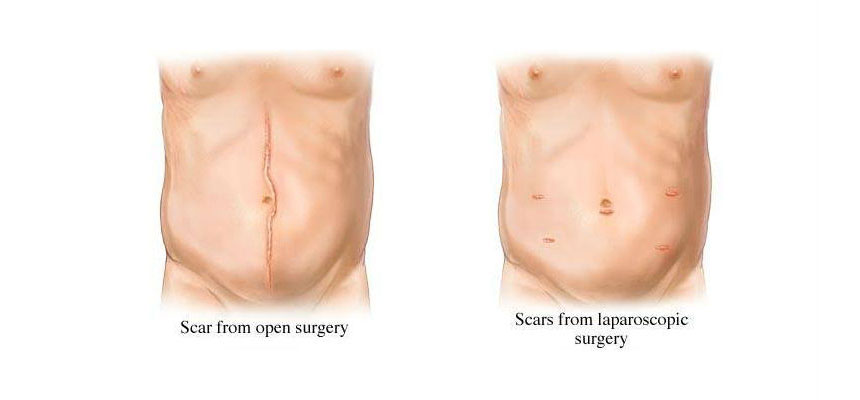
depiction of Difference between laparoscopy surgery and general surgery scar | Sudha Hospital - Kota
Advanced Kinds of Laparoscopic Surgery
In some operations, the surgeon can put the camera and the surgical tool through the same opening in the skin. This means less scarring. But it’s trickier for the surgeon because the instruments are so close together.
In other cases, the surgeon may decide to use a device that lets them reach in with a hand. This is called “hand assisted” laparoscopy. The cut in the skin has to be longer than a half-inch, but it still can be smaller than in traditional surgery. This has made it possible to use laparoscopic surgery for the liver and other organs.
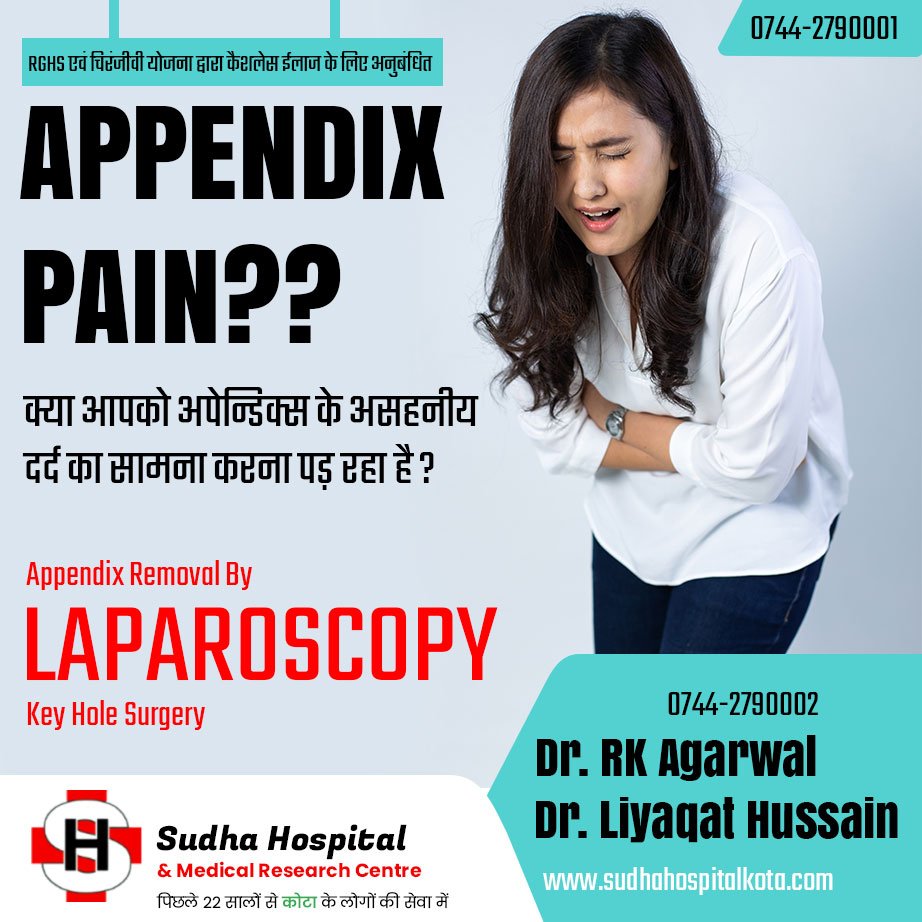
Appendix surgery by Laparoscopy in Kota | Sudha Hospital & Medical Research Centre
Laparoscopy Surgeries available at Sudha Hospital & Medical Research Centre
- Cholecystectomy(removal of diseased gallbladder)
- CBD Exploration (for common bile duct stones)
- Appendicectomy.(removal of diseased appendix)
- Hernia Repair TAP, TEPP and other (all kinds of hernia)
- Fundoplication. (for gastro-esophageal reflux disease)
- Repair of duodenal perforation. (emergency laparoscopic procedure)
- Gastrostomy ( for palliative management of late stage upper G.I.T. carcinoma)
- Splenectomy(removal of spleen)
- Selective Vagotomy. (for peptic ulcer disease)
- Salpingectomy.(removal of diseased fallopian tubes)
- Gastric banding (laparoscopic treatment for morbid obesity
- Upper and lower G.I Endoscopies. (diagnostic as well as therapeutic endoscopies)
- Pyloroplastic Procedure (Treatment of Gastric outlet Obstruction)
- Colostomy (For malignant and benign diseases of colon)
- Adrenalectomy (Removal of adrenal gland for pheochromocytoma)
- Resection of Prostate (Removal of enlarged prostate)
- Liver Biopsy (For benign and malignant liver disease)
- Gastrojejunostomy (For Gastric outlet diseases)
- Subtotal Liver Resection (For benign liver diseases only)
- Gastrectomy
- Small Intestine Partial Resections
- Adhesions Removal
- Operations in Ileus
- Treatment of Rectum Prolapse
- Devascularisation in Portal Hypertension
- Diagnostic Laparoscopy (for undiagnosed abdominal diseases)
Why to choose Sudha Hospital & Medical Research Centre for Laparoscopy Surgery in Kota?
We feel proud to say that Sudha Hospital & Medical research Centre is the first choice of patients for the Laparoscopy Surgery in Kota. We are providing world class treatment and patient care services at our hospital. Sudha Hospital & Medical Research Centre is the oldest multi-speciality hospital of Kota. Now we are going to tell you why to choose us for Laparoscopy surgery in Kota.
- Oldest hospital in Kota (22 years of establishment)
- Sudha Hospital & Medical Research Centre is equipped with ultra advanced state of the art technology
- 20+ years experienced surgeons
- Excellent success rate
- Caring nursing staff
- 24x7 Emergency & blood bank service
- International standard ICU
- Hygienic environment
- Air Conditioned (AC) public & Private words
- We are empanelled with All major insurance companies & TPAs
- Sudha Hospital & Medical Research Centre is empanelled with RGHS
- Sudha Hospital & Medical Research Centre accept Chiranjivi Yojna patients with open arms.
Laparoscopic Surgeons at Sudha Hospital & Medical Research Centre
Facilities available at Sudha Hospital & Medical Research Centre for Laparoscopy Surgery
